Not every hack helps. Some viral tips damage gear, waste money, or break safety rules. These seven explain why good-sounding tricks backfire and what to do instead. Facts first: bleach creates toxic gas with other cleaners, grease hardens inside pipes, and modern washers need less soap, not more. Choose simple methods that work every time and do not risk a mess or repair bill. When in doubt, read labels, follow contact times, and check local disposal rules before you start.
1. Mixing bleach with other cleaners
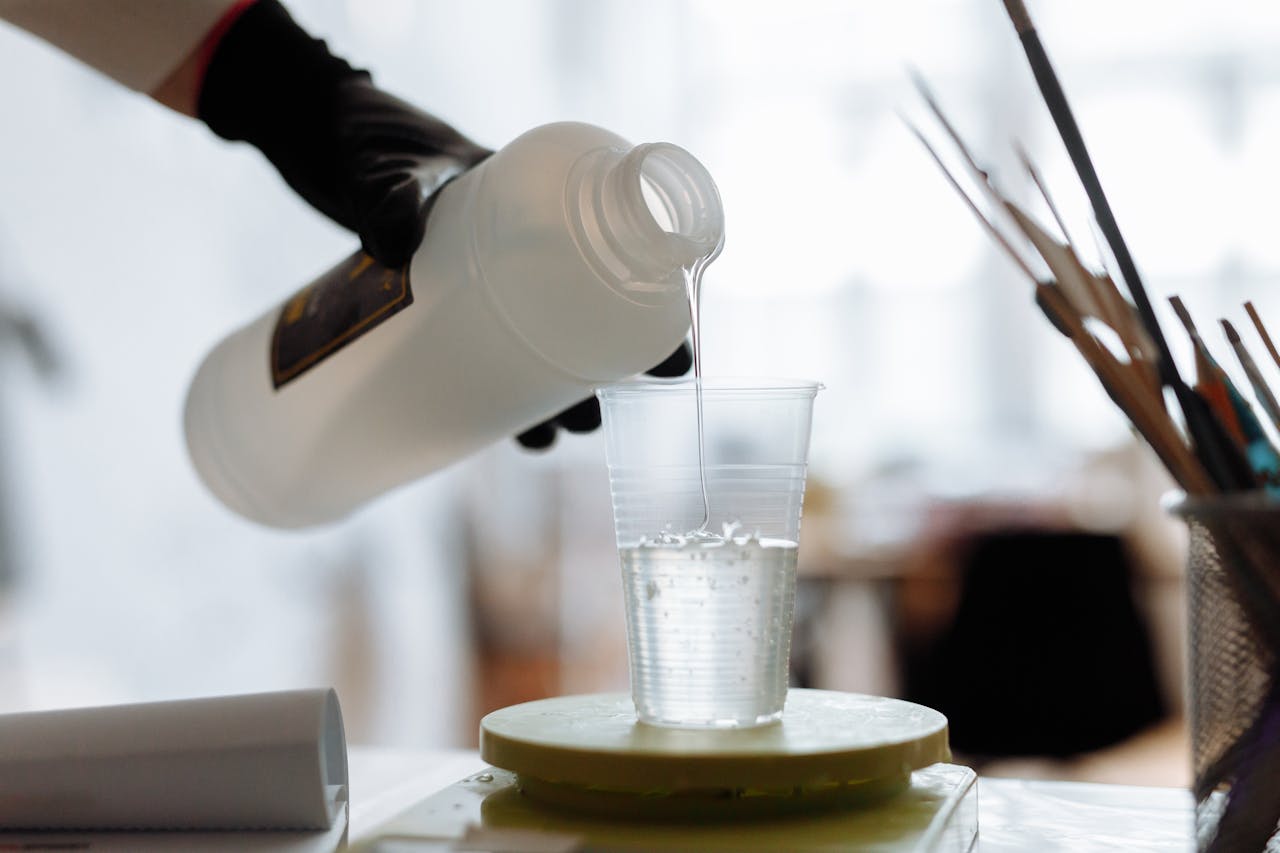
Bleach reacts with ammonia to make chloramine fumes and with acids like vinegar to release chlorine gas. Both irritate eyes and lungs and can be dangerous in small bathrooms. Never mix cleaners, including toilet bowl or glass products that may contain ammonia. Use one product at a time, rinse with water, wear gloves, and ventilate. For disinfecting, clean first with detergent, then apply a label-strength bleach solution and leave it for the full contact time, often 10 minutes. Mixing does not improve cleaning and adds risk.
2. Baking soda plus vinegar for clogged drains

This volcano looks active but often does little. Baking soda and vinegar neutralize into salt, water, and bubbles before reaching the clog. The fizz can even push debris deeper into the P-trap. For slow drains, pull the stopper, remove hair with a tool, and flush hot water. Grease needs an enzymatic or alkaline drain product used as directed. If pooling continues, a drain snake clears the pipe, and a plumber can check for root intrusion or a collapsed line. Prevent buildup with a hair catcher.
3. Pouring used cooking oil down the sink

Cooking oil cools and hardens on pipe walls, trapping crumbs and forming heavy blockages. Cities spend millions clearing these sewer fatbergs each year. Hot water and soap do not stop grease from sticking downstream as the mix cools in long pipes. Let oil cool, wipe pans with paper towels, and trash the wipes. Save larger amounts in a sealed container for drop-off or a recycling program. Never pour oil into sinks, toilets, or storm drains. Some towns accept used oil for biodiesel, so check city sites.
4. Adding extra laundry detergent for cleaner clothes
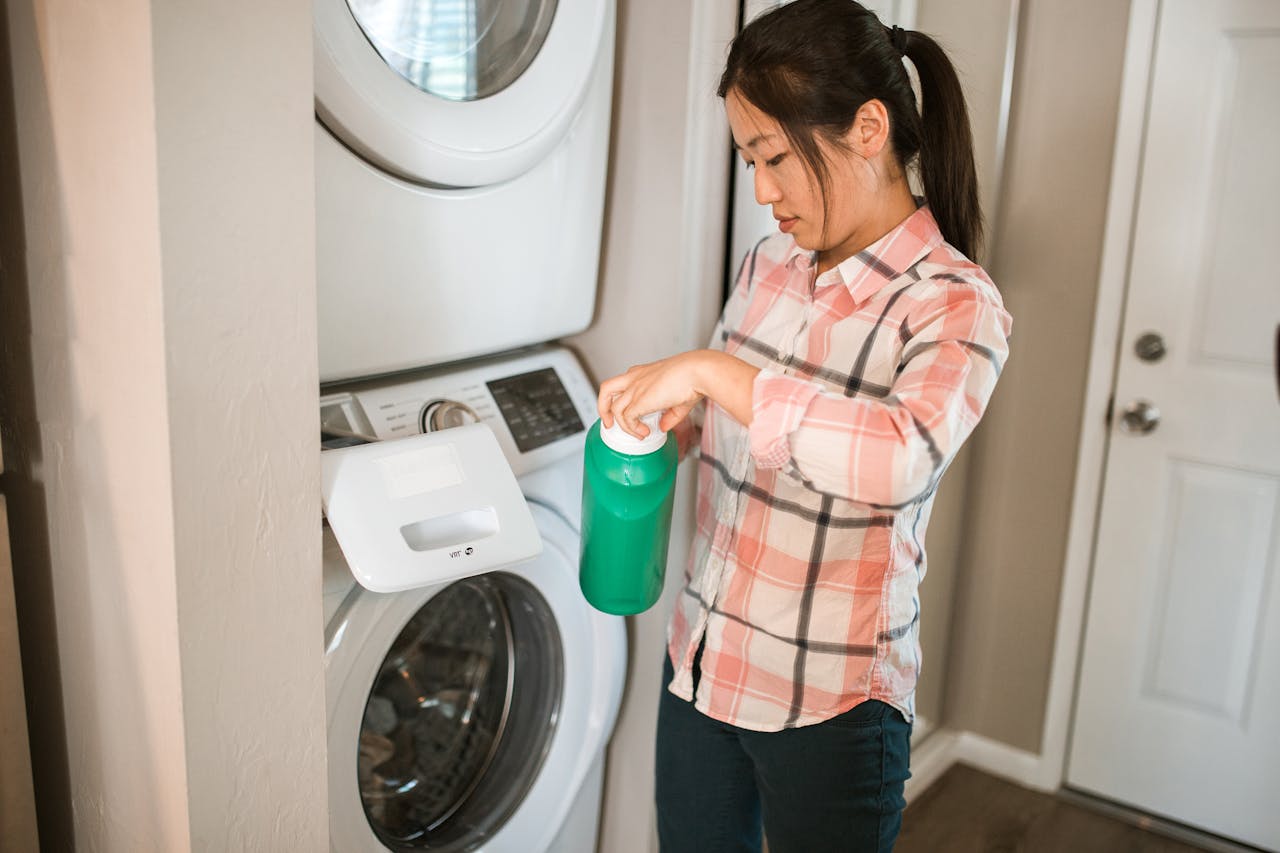
High-efficiency washers are built for low suds. Extra detergent makes foam that traps dirt, leaves residue on fabric, and feeds odor-causing biofilm inside the tub and drain. Clothes feel stiff and machines smell. Measure the HE line on the cap or weigh detergent once and mark the right fill. Use less for soft water and small loads, a bit more for hard water. Run a monthly hot cleaning cycle and leave the door ajar to dry. Residue can clog sensors and hoses, leading to repairs later.
5. Using dryer sheets with towels and activewear
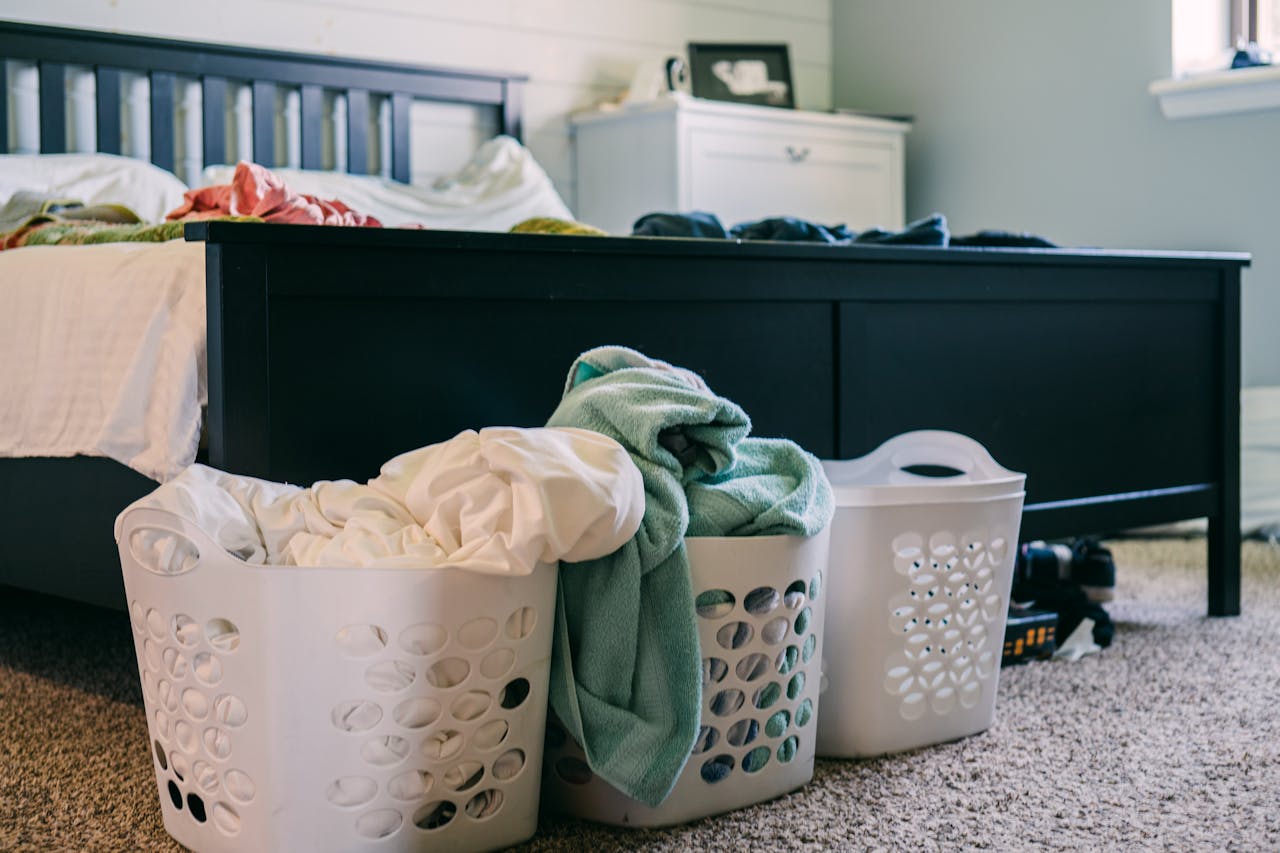
Dryer sheets leave a softening film that reduces static but also blocks absorption and moisture wicking. Towels dry less and workout shirts feel clammy. Skip fabric softener for towels and performance fabrics, as many care labels warn. Wash with the right dose of detergent and dry without sheets, or use wool dryer balls to cut static and speed drying. To fix coated towels, run a hot wash with detergent only and an extra rinse. Fibers recover once residue is stripped away and airflow improves again.
6. Scrubbing everything with a magic eraser
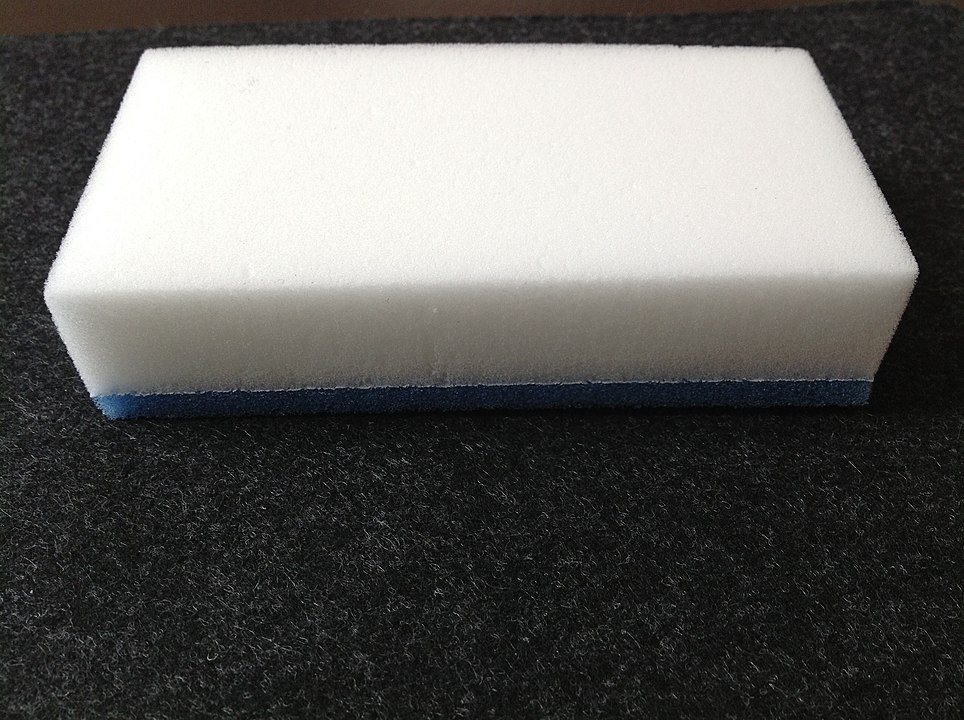
Magic erasers are melamine foam that act like very fine sandpaper. They remove scuffs but can dull glossy paint, scratch plastic screens, and lift finishes on floors. Test in a hidden spot and avoid high-shine or delicate surfaces. For walls, start with a microfiber cloth, mild soap, and water before you escalate. Use the eraser only on hard, non-gloss areas like ceramic or enamel and keep pressure light. On stainless steel, scrub with the grain using a non-abrasive pad to prevent haze.
7. Drying a wet phone in rice
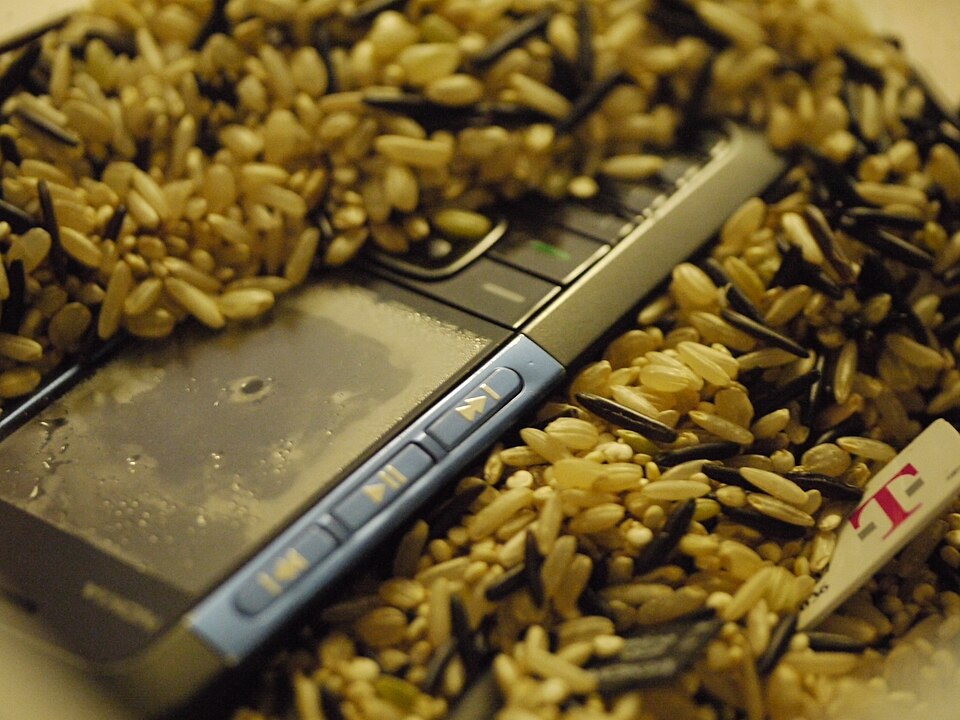
Rice is slow and dusty. It does not pull moisture as well as open air or silica gel packets. The best move is fast: power off, remove the case and SIM, blot with a towel, and leave the device in a ventilated place or a sealed bag with fresh desiccant. Do not charge while wet. Waiting 24 to 48 hours lowers short-circuit risk. Avoid heat that can warp batteries. Rice grains can lodge in ports and add grit. If water was dirty, seek professional cleaning.


